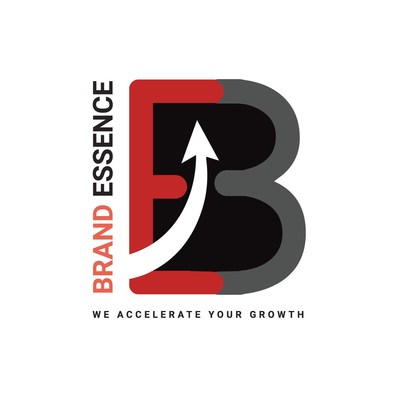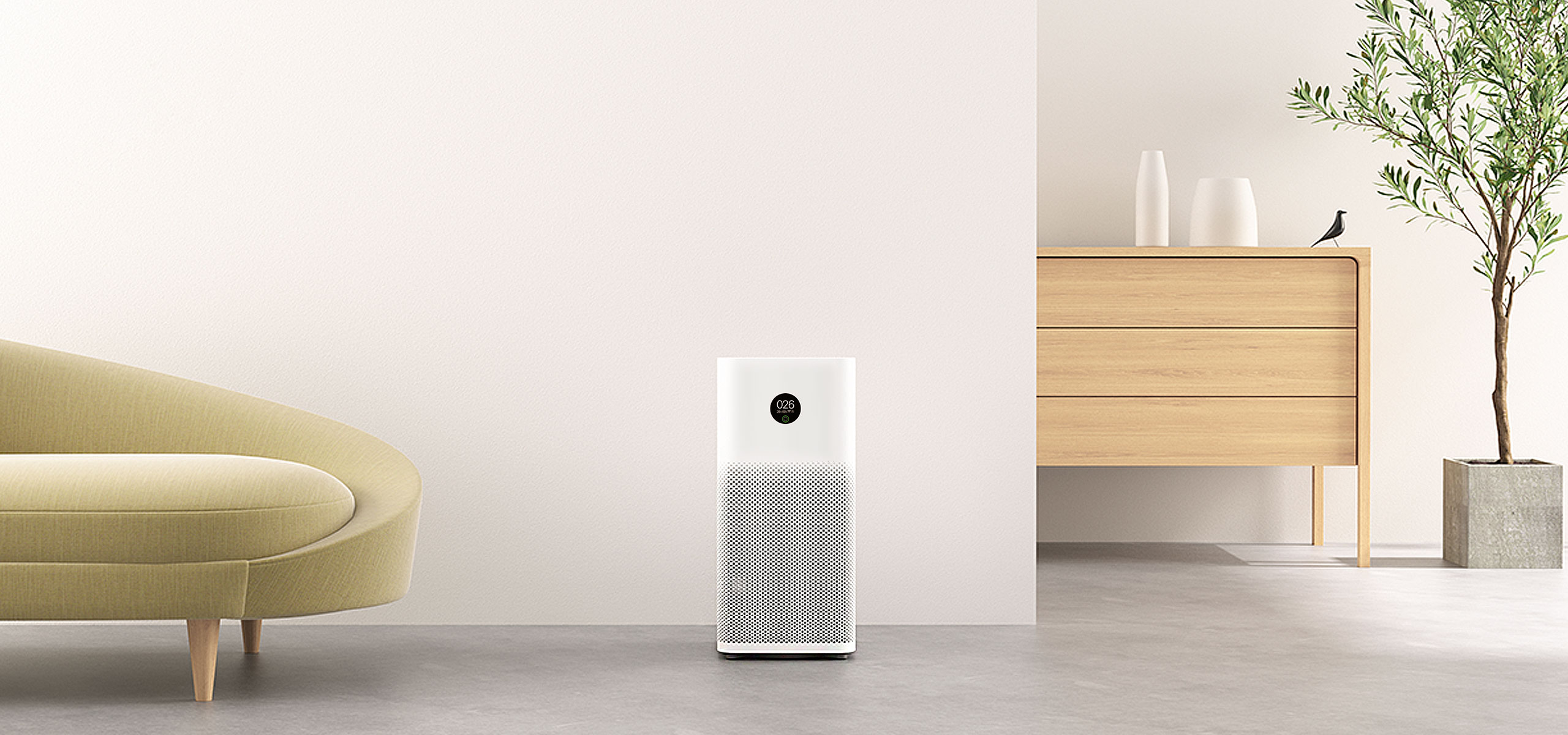Global Air Purifier Market Would be Worth USD 21.15 billion by 2027 as per Brandessence Market Research.
Global Air Purifier Market Size is valued at USD 10.38 Billion in 2020 and is expected to reach USD 21.15 Billion by 2027 with a CAGR of 10.7% over the forecast period.
LONDON, Nov. 26, 2021 – As the environment deteriorates, one of the most pressing concerns is air pollution. It is responsible for 4.9 million to 8.8 million deaths worldwide each year, according to the Health Effect Institute. Furthermore, because we spend the majority of our time indoors, indoor air pollution is a major problem for both individuals and regulatory bodies. Particles such as PM 2.5 can penetrate indoors from a variety of sources, including car engines, fireplaces, coal- or natural gas-burning appliances, and urban infiltration of ambient particles. Indoor ventilation can build up PM 2.5 particles to a larger extent than outside ventilation, even in the absence of solid fuels.
Enhanced improvements in catching critical particles like coronavirus, as well as increased regulatory efforts to provide a safe workplace for professionals in the industrial sector, are all driving growth in the air purifier market.
You can get the sample of Report@ https://brandessenceresearch.com/requestSample/PostId/928
Also Read:
The drone market will grow at 9.4% CAGR and reach US$41.3 billion by 2026.
Air Purifier Systems Market: Competitive Analysis
The market for air purifier systems is competitive, inventive, and fragmented. As new manufacturers enter the relatively new technical field of air purifier manufacturing, innovation will continue to be critical to the market’s growth. Technology costs remain a barrier to entry for new players, but rising demand and the availability of private-sector funding for research have diminished the impact. With collaborations, mergers, and acquisitions, key companies in the air purifier market are continuing to focus on strategic expansion. Some key players in the global air purifier market are:
- Camfil AB, LG Corporation
- Sharp Electronics Corporation
- Honeywell International Inc.
- Blueair
- Kent RO systems Ltd.
- Philips Ltd.
- Samsung Electronics
- Eureka Forbes
- IQ Air
- Panasonic Corp.
- Daikin Industries Ltd.

Particles with a diameter of less than 2.5 micrometers are classified as PM 2.5. These particles are becoming more widespread in the atmosphere as a result of rising natural disasters such as wildfires, and they continue to be the dominant cause of smog in urban areas. PM 2.5 particles are linked to a variety of unfavorable health effects, including pregnancy problems, a deteriorating respiratory environment, and elevated blood pressure. According to studies, portable air purifier devices lower PM 2.5 particle penetration by 22.6 percent to 92 percent on average. These investigations, which took place between 2011 and 2018, show that portable systems are quite good at producing a healthy indoor atmosphere.
Consumers in industrialized countries, such as the United States, have been provided with superior air filtration systems as a result of the expanding regulatory measures. HEPA (high-efficiency particulate air) filters, for example, are required to remove at least 99.97 percent of 0.3-micron airborne contaminants. Furthermore, several air purifier manufacturers provide the ability to catch particles as fine as PM 2.5, making the capture of important particles like PM 2.5 a reality for consumers. Advanced filters from air purifier manufacturers have been equipped with PM 2.5 particle monitors, ensuring that the user is breathing clean indoor air at all times. The influx of marketing campaigns mimicking HEPA regulations like ‘HEPA-like, or 99% HEPA’ pose a potential problem in reducing the trustworthiness and credibility of air purifier systems.
However, thanks to recent improvements in air purification technology, the best home air purifier available today is capable of amazing efficiency; it incorporates modern methods such as ionizing and UV technology. Furthermore, both portable and fixed variants provide a great deal of flexibility in terms of end-use. Furthermore, one of the major limitations of air purifier systems in the past was their limited application in a particular region. Today’s laws, on the other hand, grade air filtration systems according to the areas they serve, allowing for the distinction between home, car, commercial, and industrial applications. The growing need for purifying systems in various industries, offices, and more consumer awareness are all driving the air purification systems market forward.
Air Purifier Systems Market: Key Trends
The portable air purifier market continues to be the most promising for future growth in the air purifier industry. The covid-19 significantly improved consumer awareness of air purifiers. This resulted in a spike in the purchasing of portable air purifiers in homes around the world, with big manufacturers like as Mi, Phillips, Conway, Honeywell, and Eureka joining the market. Furthermore, the covid-19 pandemic compelled healthcare facilities, restaurants, and businesses around the world to install modern air purification systems for patients, customers, and employees. The portable air purifier market’s cost-effectiveness for individual households, as well as its prospective use to protect entire homes with an easy-to-use application, continues to be a primary driver of growth.
The increasing demand for the “best home air purifier” has forced a strong emphasis on sophisticated features and product innovation. As the demand for advanced products to deal with the growing indoor air pollution crisis grows, and the threat of a pandemic grows, the demand for the best home air purifier systems has resulted in the growth of various features such as smart connectivity, advanced HEPA filtration, three-tier filtration systems for smaller particles, and continued downward price pressure. This rivalry is necessary for the air purifier market to thrive, as it is the only way to drive down prices, which are still a barrier to the sector’s progress.
The air purifier market research is separated into segments based on technology, such as HEPA, Ionic Filters, and Activated Carbons. Traditionally, HEPA technology dominated the expansion of the air purifier market. New technologies, on the other hand, remain more enticing because HEPA certification does not guarantee the absence of PM 2.5 or coronavirus particles, which are projected to remain a primary driver of new air filtration system growth.
Furthermore, traditionally, North America dominated the air purifier business, with HEPA systems maintaining a solid reputation. Lack of understanding of modern HEPA systems and rising demand for technologies such as Ionic filters, on the other hand, remain potential features of worldwide expansion in new regions. HEPA systems are expected to remain a major force in the air purifier market, while new technology is expected to fuel the greatest growth in the air purifier segments.
Global Air Purifier Market Segmentation
- By Technology: HEPA, Ionic filters, Electrostatic precipitators, Ozone detectors, Cartridge and baghouse filters
- By Type: Fumes collector, Smog and dust collector, Vehicle exhaust and others
- By Application: Commercial, Residential, Automotive, Industrial
- By Connection Deployment: Wi-fi, Manual, Bluetooth
SOURCE Brandessence Market Research And Consulting Private Limited
Get Full Access to this Report: https://brandessenceresearch.com/heavy-industry/air-purification-systems-market

